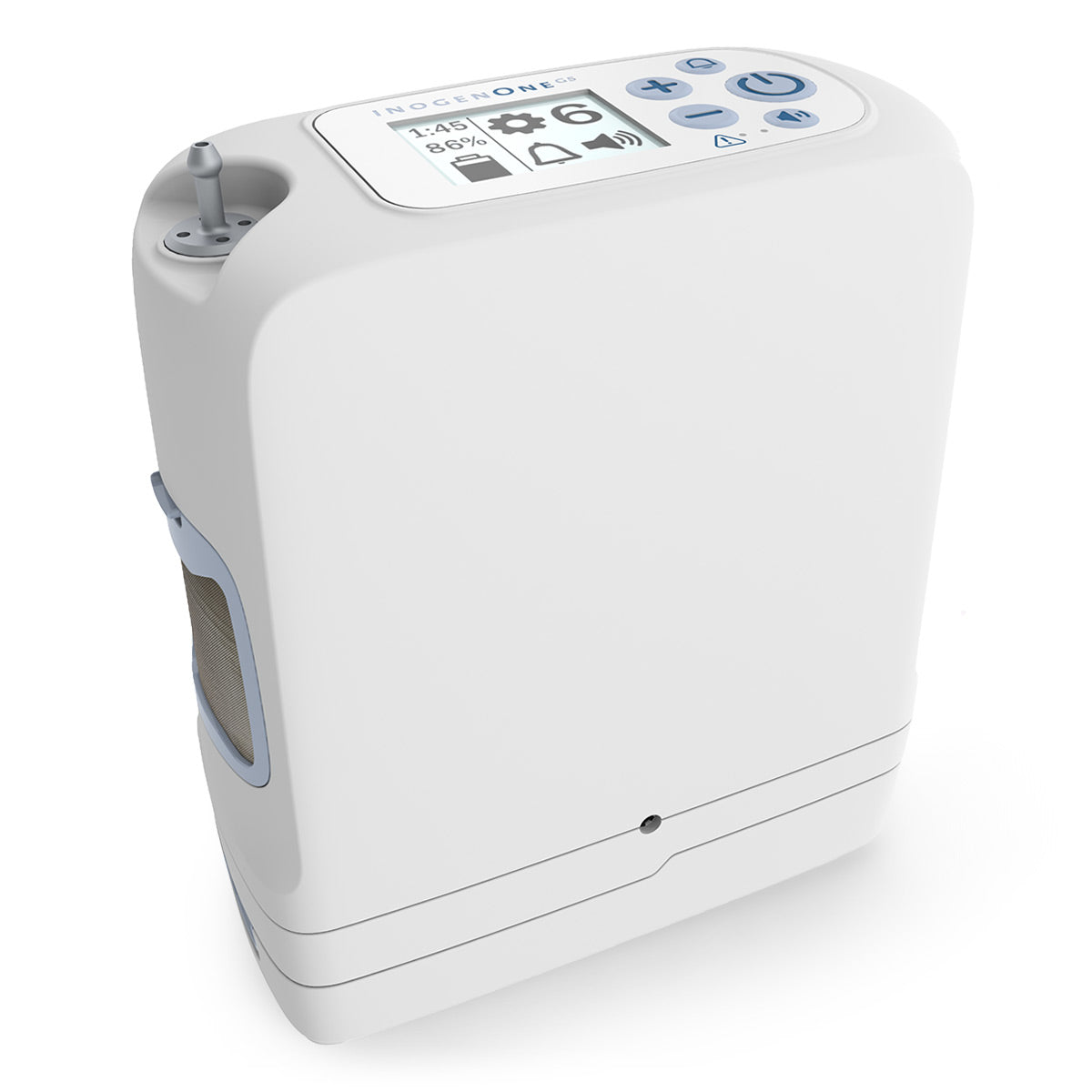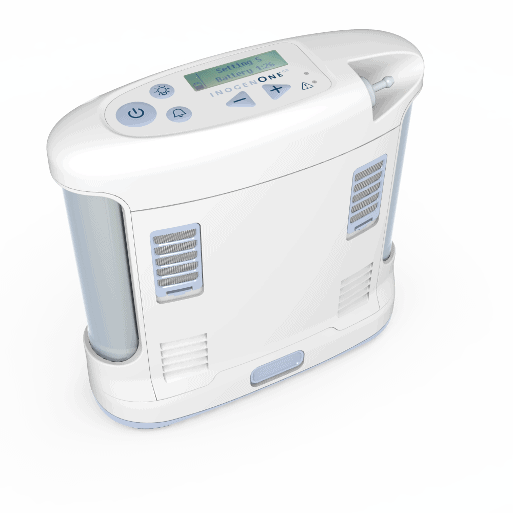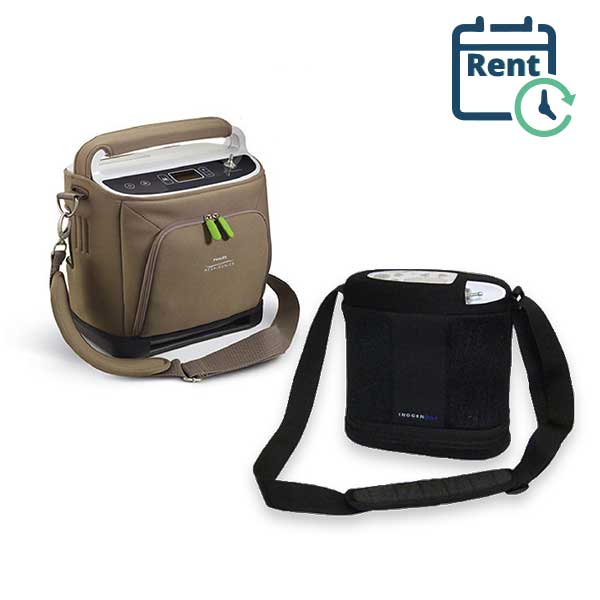The Definitive Guide for Portable Oxygen Concentrators
Table of ContentsPortable Oxygen Concentrators Fundamentals ExplainedTop Guidelines Of Portable Oxygen ConcentratorsGetting My Portable Oxygen Concentrators To WorkThe smart Trick of Portable Oxygen Concentrators That Nobody is Talking About
Fixed oxygen concentrators were when the standard, but these containers could consider 50 extra pounds and were very difficult (Portable Oxygen Concentrators). Currently, mobile oxygen concentrators obtain the task done, and they can suit a handbag or bag! The only point you need to keep in mind is that mobile concentrators have much more restricted oxygen shipment abilitiesThere are two primary sorts of portable oxygen concentrators: pulse dose and continuous circulation. As the name recommends, pulse dosage concentrators offer oxygen intermittently, only triggering when you breathe in. This kind of gadget is typically recommended for COPD patients with minimal oxygen needs, as the quantity of O2 that a pulse dosage concentrator can provide is fairly reduced.
This gadget can provide up to 3,000 m, L of oxygen every minute, while pulse dose tools have a tendency to top out at 1250 m, L. Continuous flow gadgets are the go-to for most COPD patients, as they're optimal for people that require 2 to 5 liters of oxygen a min.
Currently that you have this guide to the different kinds of portable oxygen equipments, choose the ideal tool with the help of your medical professional.
Unknown Facts About Portable Oxygen Concentrators
We questioned just how well these mobile oxygen concentrators would work in healthcare facilities. POC concentrators raise the percentage of oxygen in ambient air individuals take a breath in, whenever they require an increase.
When it comes to mobile oxygen therapy, there are 2 main alternatives for distribution. These are portable oxygen cyndrical tubes which have pressed oxygen gas, or oxygen concentrators, which utilize a battery powered system to press and filter air, in order to produce a constant supply of focused oxygen. In this blog post, AMS Compound Cylinders Technical Director, Tony Morrin, compares both, taking a look at the pros and disadvantages of each oxygen distribution system for NHS clinical oxygen customers in regards to person freedom.

Portable Oxygen Concentrator Oxygen page pureness is constantly higher when supplied from cyndrical tubes it never ever drops listed below 99. Whilst oxygen concentrators can be useful for clients that need a lower flow of oxygen, cylinders provide greater focus that can be extra ideal for people with high flow requirements.
The Best Strategy To Use For Portable Oxygen Concentrators
Both systems call for the patient to lug about devices. For cyndrical tubes, this will include lugging a bag (and periodically a blog here trolley) and for mobile oxygen concentrators this will consist of the bag, cart and power battery charger. Weight wise, portable oxygen concentrators can be similar in weight, or in some cases, lighter than typical aluminium cylinder systems.
They will need to improve dramatically if they are to offer the very same level of efficiency as similar composite cyndrical tubes. Oxygen constantly carries a safety and security threat. On one hand, should cylinders spring a leak, they can develop an oxygen abundant atmosphere that could cause an increase in fire risk.

The distinction is that there are significant ahead of time expenses to purchasing a mobile oxygen concentrator, however lower running costs making use of cylinders enables the buyer to spread out the price over an extensive amount of time. One small downside of a mobile oxygen concentrator is the noise portable systems published here make a substantial amount of sound throughout procedure, which many clients find distracting.
Some Ideas on Portable Oxygen Concentrators You Should Know

Our high-grade carbon composite cyndrical tubes provide high pressure (300 Bar), low weight, and NLL (Non-Limited Life) efficiency, and are accredited for usage worldwide. Additional information concerning AMS Composite Cylinders Ltd can be found at .
Oxygen concentrators are designed with individual flexibility in mind. Whether it's a desktop computer variation for home usage or a smaller, lightweight version for on-the-go, these gadgets allow people to move openly without being tethered to a fixed system. Especially for the ones particularly developed for portability, people can bring them about, helping with travel and daily tasks effortlessly.
One of the major conveniences of using an oxygen concentrator is the elimination of the constant requirement to fill up oxygen tanks. This not just minimizes the logistical obstacles and reoccurring costs connected with refills however also guarantees that the user has a more predictable and steady source of oxygen. Oxygen concentrators are created to fit seamlessly into the home atmosphere.